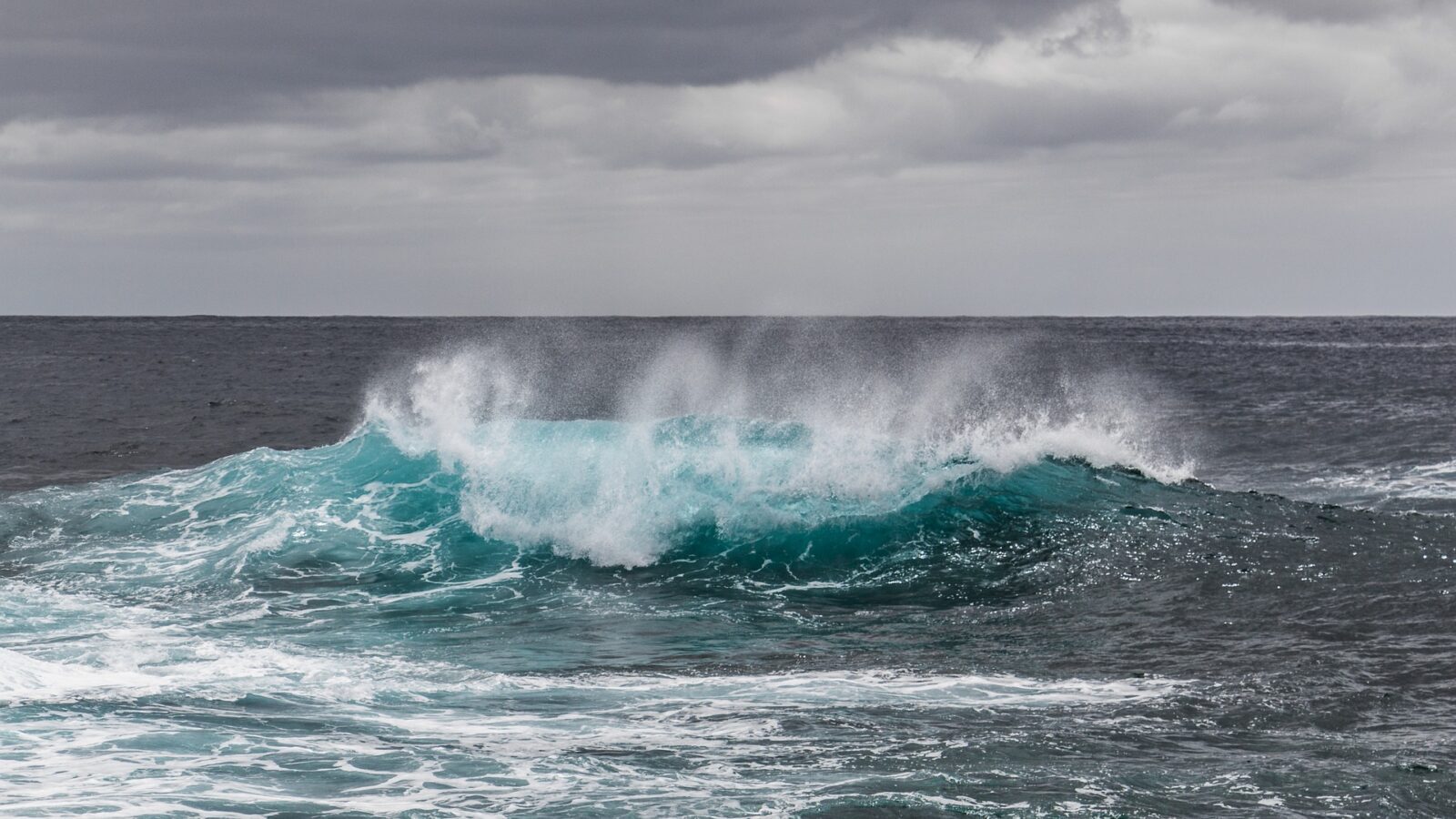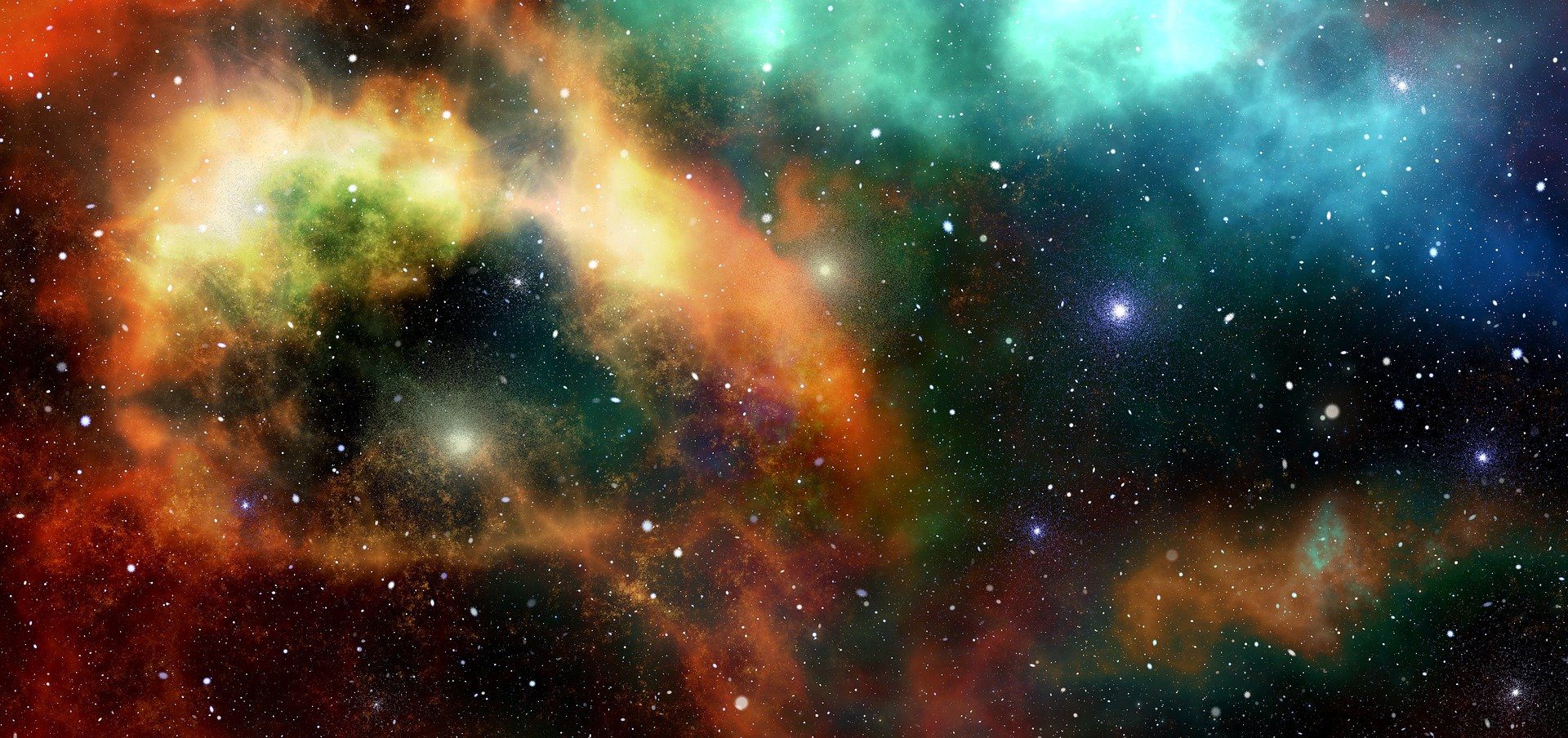The first recorded eruption of the Kavachi submarine volcano from the Solomon Islands took place almost a century ago, in 1939. Researchers recently took advantage of a period of ‘peace’ that the volcano went through and started to explore the active crater.
According to NASA, the volcano is about to erupt once again. The space agency published an image that was acquired only a few days ago by the Operational Land Imager-2 (OLI-2) from Landsat 9, and that shows a plume of discolored water that the volcano seems to unleash.
Too many sharks near the volcano
NASA also speaks about the presence of two species of sharks in the region. In a study published in 2016 and entitled “Exploring the ‘Sharkcano’,” referring to the volcano having the unexpected presence of many sharks nearby, researchers said that the creatures raise “new questions about the ecology of active submarine volcanoes and the extreme environments in which large marine animals can exist.”
Two species of sharks were found, and one of them is the hammerhead species. Here’s what Johann Gustafson once had to say, who’s a Griffith University researcher and Ph.D. student:
Hammerheads are the most advanced species and they’re also the youngest (on the evolutionary timeline).
They have more sensory adaptations and more neural linkages in the brain which is why they gather socially, unlike other sharks. They’re kind of like chimpanzees of the shark world.
The Kavachi volcano is also located 25 meters below the ocean’s surface. We’re talking about one of the most active submarine volcanoes from the southwest part of the Pacific Ocean. To be more precise, Kavachi is also located south of Vanguru Island, which is located in the Solomon Islands.
The Smithsonian Global Volcanism Program reveals that the Kavachi Volcano began an eruptive phase in late 2021, sometime in October, to be more precise.












Leave a Reply